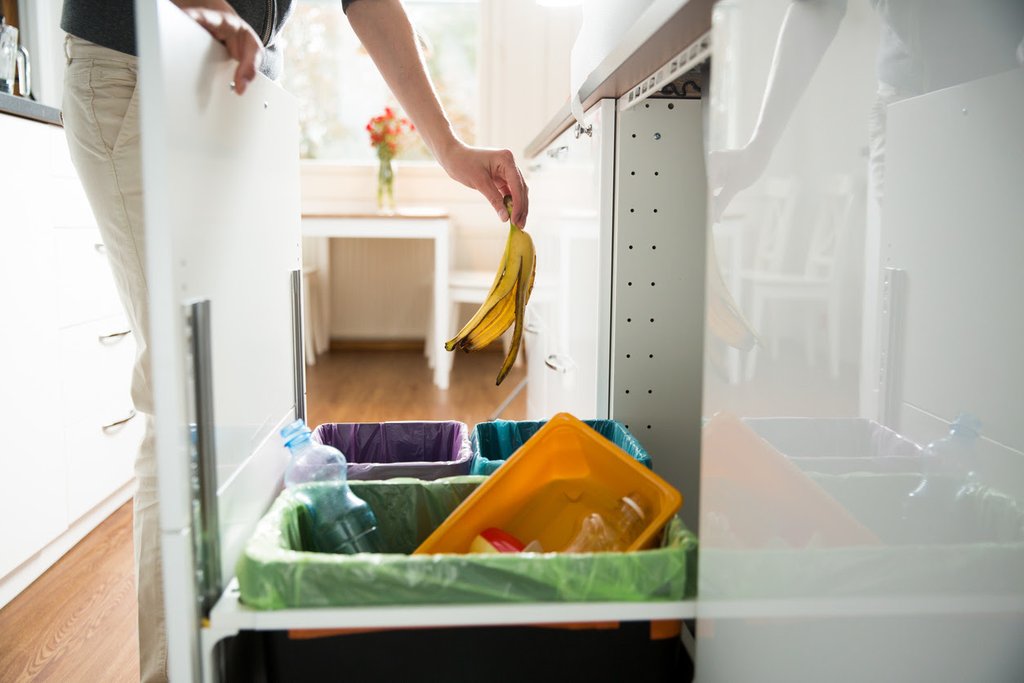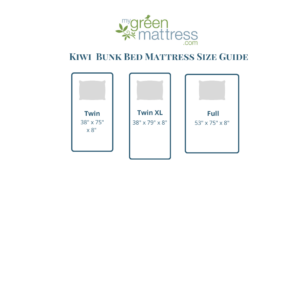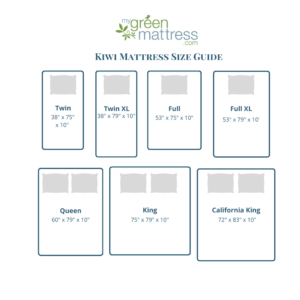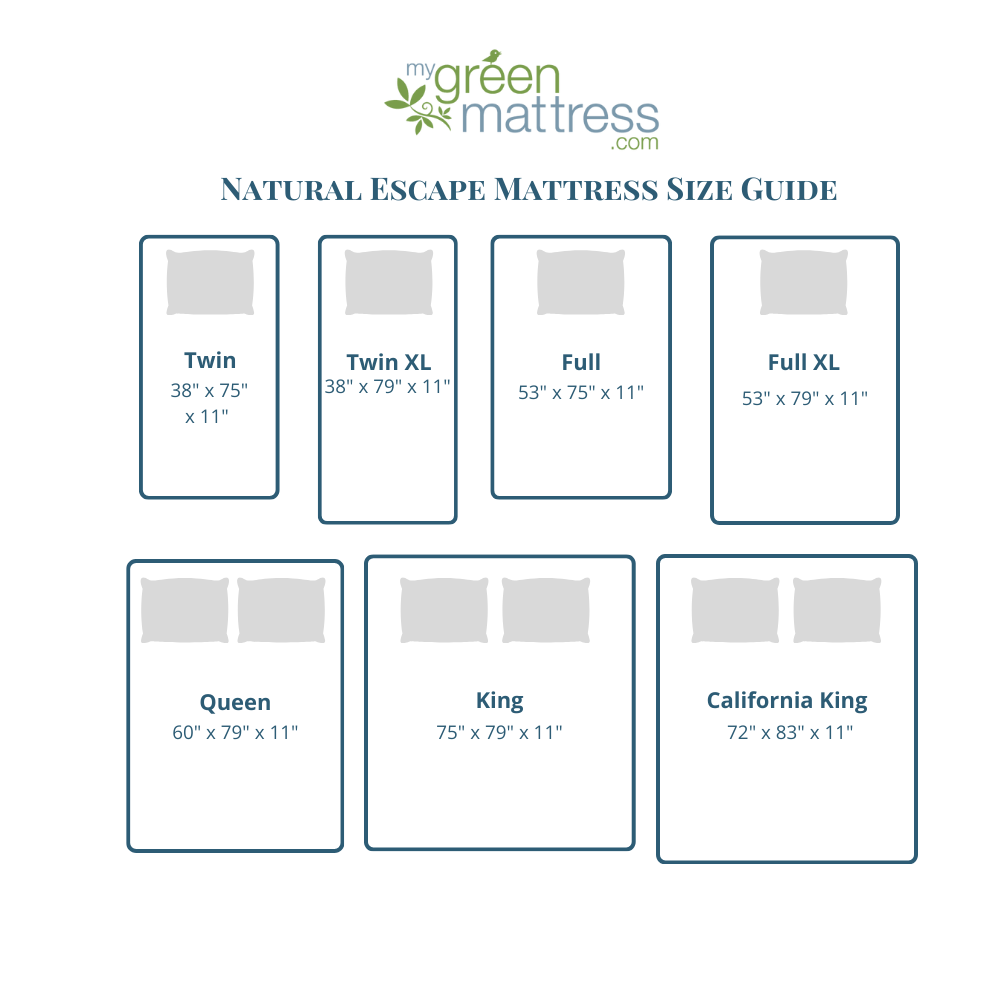Waste not, want not. That’s what grandma has been preaching for years. The simple fact is waste is piling up. Individuals are frivolously throwing items into trash bins all over the world and not recycling for convenience sake. Many don’t consider the repercussions habits such as these. The amount of waste produced in the world each day is more than 3.5 million tons. Experts estimate that number will rise to nearly 6 million tons per day if the rise remains constant. Individuals ready to make an impact on a world of wastefulness can make simple choices to reduce the amount of trash they produce. By breaking down the waste products into easy categories, choosing to adopt a low to no waste lifestyle is a cinch.
1. In the Kitchen
Most of the waste produced by a household originates from the kitchen. Walk down the aisles of a grocery store and you’ll see a myriad of packages and boxes. Boxes of dry pasta, cans of diced tomatoes, and bags of dry goods litter the shelves. The best solution is to bring empty mason jars to a store that sells items in bulk bins. However, not every community has such low waste stores available. When buying prepackaged food is the only option, aim to recycle as much of the food packaging as possible.
After filling the home pantry, it’s time to cook dinner. Cooking leaves undesired pieces of produce lying around the kitchen such as the root ends of onions, tops of celery stalks, and tomato tops. These tidbits are often considered common waste and thrown into the garbage bin instead of a lovely compost pile where they belong.
If you have the time and energy to do so, consider micro gardening or opening a community garden to share locally-sourced foods, too. These are fun, simple, and inexpensive ways to get the same foods you use normally but in a much Earth-friendlier way.
2. Put It In the Compost
Nature is fascinating. Special creatures turn kitchen waste into garden gold. In composting terms, produce leftovers are known as “green”, and yard scraps, such as leaves and grass clippings, are “brown”. Both green and brown items decompose to make a beautiful pile of garden compost. Getting the mix just right is often tricky. Aim for 2 parts green and 1 part brown. This ratio ensures plenty of nitrogen is available as the scraps decompose. The simplest way to keep track of mixing compost is to have a designated composting bucket. For ever bucket of food scraps sent to the compost pile, fill the bucket halfway with yard scraps. Keep the ingredients simple. Here is a list of items not to put in the compost:
- Dairy
- Meat
- Most Paper
- Cardboard
Paper and cardboard come from trees, so why can’t they be composted? The reasons to keep these materials out of the mix are that they offer very few nutrients and the inks printed on them often contaminate the soil.
3. Brown Paper Packages Tied Up with Strings
As a child, receiving a package in the mail was nearly as exciting as being given a gift wrapped up in elaborate paper and bows. The packaging is often discarded once emptied. Rather than putting the paper goods into the trash can, consider setting aside a small box and once filled take it down to the recycling plant.
Even better is going paperless wherever you can. Once you’re committed to the effort, it’s easier than you’d imagine it is.
4. When In Doubt, Recycle
Aside from soft drink cans and glass bottles, many other products are recyclable too. Learning how to recycle electronics such as mobile phones, laptops, and desktop computer for parts is helpful. One little known recycling tip involves your standard inkjet printer. Inkjet printers go through quite a few ink cartridges throughout their lifetime. To ease the burden of replacing the cartridge, here are a couple of ways to recycle that empty cartridge. One way is to refill and reuse it. Another is to find a place that offers a cartridge recycling service.
Here at My Green Mattress we take many measures to ensure that we cut down on our waste. Choosing to live a low to no waste lifestyle is a great way to help the environment. Reversing the rising trend of waste production is a choice we all must make.









